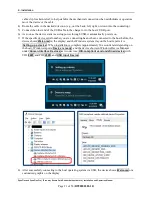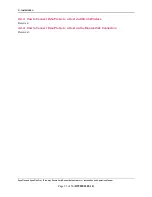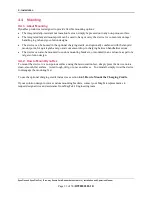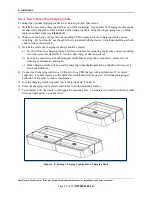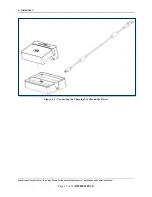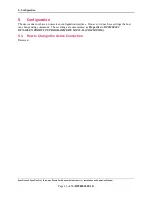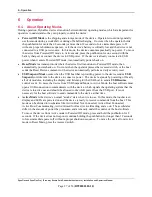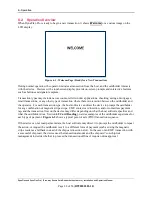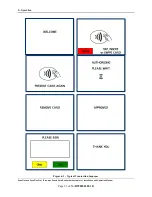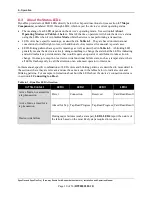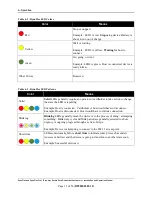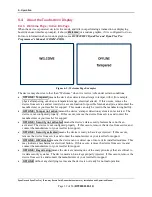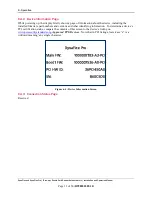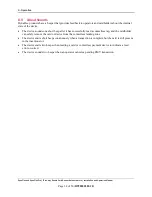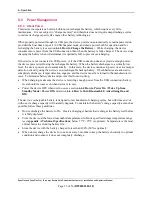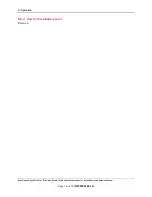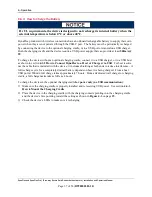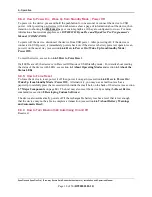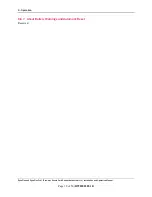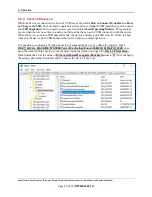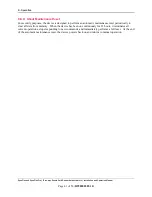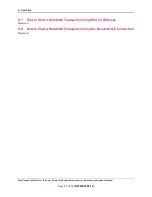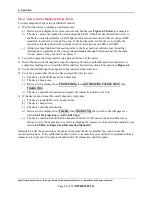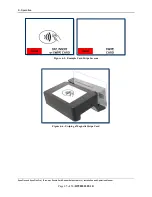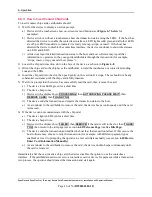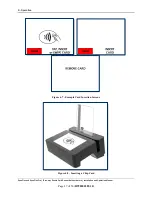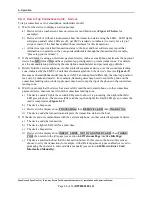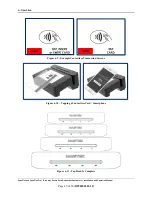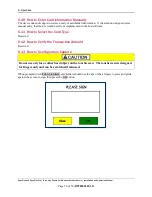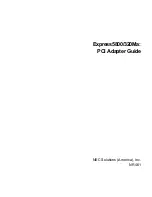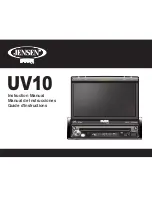
6 - Operation
DynaFlex and DynaFlex Pro| Three-way Secure Card Reader Authenticators | Installation and Operation Manual
Page 35 of 56 (
D998200382-10
)
6.6
Power Management
6.6.1
About Power
This device incorporates a built-in Lithium-ion rechargeable battery, which requires very little
maintenance. It is not subject to “charge memory” and therefore does not require deep discharge cycles
to restore its charge capacity like many other battery technologies.
When properly powered through its USB port, the device powers on automatically, remains powered on
provided the host does not put it in USB Suspend mode, and draws power both for operation and for
recharging the battery (see section
6.6.3 How to Charge the Battery
). While charging, the device
consumes more power from the USB connection than when the battery is fully charged. The device stops
charging the battery when it determines it is optimally full, to prevent overcharging.
If the device is not connected to USB power, or if the USB connection does not provide enough power,
the device powers itself using the rechargeable battery. When the battery discharges to a critically low
level, the device powers down automatically. In this state, the device continues to power its active tamper
detection circuitry using the device’s non-rechargeable backup battery. If both batteries are allowed to
completely discharge, tamper detection engages, and the device must be returned to the manufacturer to
reset. To minimize battery drain and prevent this from occurring:
When charging, make sure the device is receiving enough power from the USB connection (battery
level should increase even when device is in use).
Power the device OFF when not in use (see section
6.6.4 How to Power On / Wake Up from
and section
6.6.6 How to Turn Bluetooth LE Advertising On and
The device’s rechargeable battery is designed to last hundreds of charging cycles, but with time and / or
with use, its charge capacity will naturally degrade. To maintain the battery’s charge capacity as much as
possible, follow these guidelines:
Do not discharge the battery to 0%. Create a charging schedule that recharges the battery well before
it is fully depleted.
Store the device at the lowest reasonable temperatures within its specified storage temperature range
(see
Appendix A Technical Specifications
; below 77°F / 25°C is optimal). Temperature is the most
critical factor in extending battery life.
Store the device with the battery charged to less than 100% (60% is optimal).
When stored, charge the device for one hour every 6 months to keep the battery chemistry in optimal
condition and to ensure it does not completely discharge.

